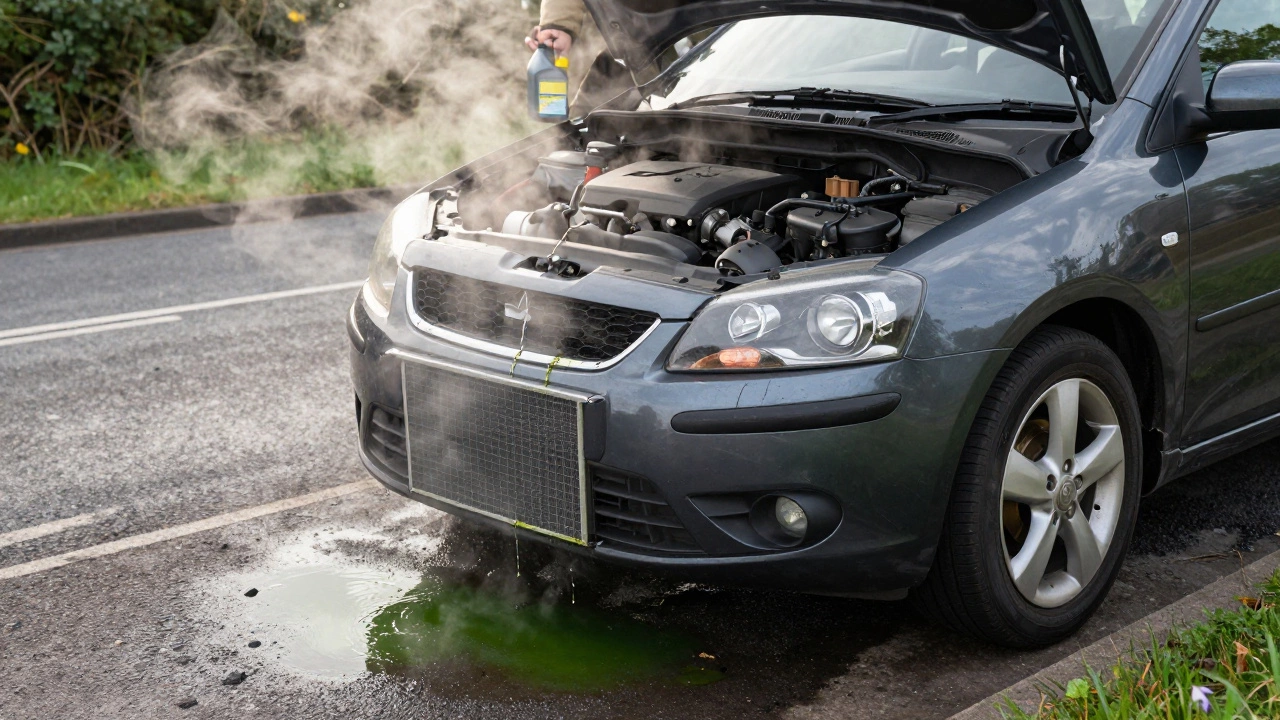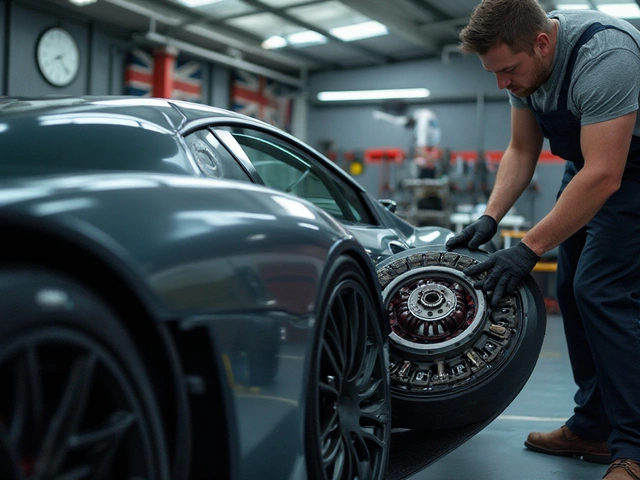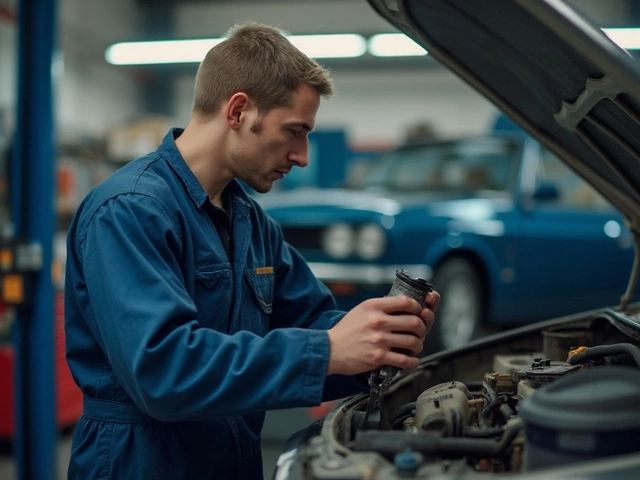Cracked Radiator? Quick Guide to Spotting, Fixing & Preventing the Problem
If you’ve ever noticed steam under the hood or a puddle of coolant on the ground, a cracked radiator could be to blame. A broken radiator disrupts the engine’s cooling system, leading to overheating, expensive repairs, and even a ruined engine if you keep driving. The good news? Most cracks can be caught early and dealt with before they turn into a nightmare.
How to Tell If Your Radiator Is Cracked
First sign is usually a low coolant level. Open the coolant reservoir and check the line – if it’s below the ‘min’ mark without recent topping‑up, something’s leaking. Look for bright green, orange, or pink fluid under your car. A steady drip means a small crack or a loose hose.
Next, keep an eye on temperature warnings. If the gauge jumps into the red zone quickly after you start the engine, the radiator isn’t shedding heat. You might also smell a sweet, syrupy odor – that’s coolant burning off. Finally, press the radiator (when the engine is cool) with your fingers; any wet spots or a soft, spongy feel signals a crack.
What to Do When You Find a Crack
Don’t panic, but don’t ignore it either. If the crack is tiny, a professional can sometimes patch it with a resin sealant. This is a short‑term fix that gets you back on the road while you arrange a proper repair.
For larger cracks, replacement is the safest route. A new radiator usually lasts 10‑15 years, and the cost varies by make and model. At Northwich Tyres Centre we can source the right part for your car and fit it in under an hour. While you’re here, we’ll also flush the cooling system to remove any rust or sludge that could cause future leaks.
While waiting for a repair, keep the engine cool by turning it off as soon as you notice overheating. Let it cool completely before checking the coolant level – never open the radiator cap when it’s hot, because hot coolant can spray and burn you.
To avoid a cracked radiator in the future, maintain the coolant mixture according to your owner’s manual (usually 50/50 water and antifreeze). Check the radiator cap for wear; a faulty cap can cause pressure spikes that crack the radiator. Also, keep the radiator clean – debris can block airflow and cause hot spots.
Regular inspections are cheap and save money. Have your cooling system pressure‑tested during routine service. If you hear hissing or see bubbles in the coolant tank, there’s a leak that needs attention.
When you bring your car to Northwich Tyres Centre, we’ll run a full diagnostic, check for cracks, and give you a clear quote. Our team can also inspect related parts like the thermostat, water pump, and hoses, ensuring the whole cooling system works together.
Bottom line: a cracked radiator isn’t the end of the road, but it does need prompt action. Spot the signs, act fast, and get professional help to keep your engine running smooth. With the right care, your car’s cooling system will keep you moving for miles to come.
 1 December 2025
1 December 2025
Can You Drive a Car with a Cracked Radiator? What Happens and What to Do Instead
Driving with a cracked radiator risks engine damage in minutes. Learn the signs, why temporary fixes fail, and what to do instead to avoid costly repairs.
 12 June 2025
12 June 2025
Best Repair for a Cracked Radiator: What Actually Works?
A cracked radiator can ruin your day—leaving you stranded or watching your temperature gauge rocket up. This article digs into which repair methods actually hold up, from quick fixes to long-term solutions. We'll cover signs you shouldn't ignore, explain repair options in plain English, and throw in tips that could save you hundreds. You'll even get a sense of when it's time to throw in the towel and replace the whole thing. Stop wasting time and money—get straight answers here.






0